yeah.....old school wanted a written script to follow...will look tomorrow.
Welcome guest, is this your first visit? Create Account now to join.
Welcome to the NZ Hunting and Shooting Forums.
Search Forums
User Tag List
+ Reply to Thread
Results 46 to 60 of 66
-
04-04-2020, 10:19 PM #46
-
-
05-04-2020, 03:01 PM #47
Here you go https://fgbc.dk/38p the loaf I posted (#27) first was made with this formula.
Hint
Make sure your starter is really active (bubbly) before starting.
develop your gluten so that it passes the window pane test.
Retard the rise by proofing in the fridge overnight
Cook really hot with steam for first 15 mins straight from the fridge
The site I've given the link for is a great calculator for budding bread-men/persons
Good luck
-
05-04-2020, 04:07 PM #48Banned

- Join Date
- Mar 2015
- Location
- North Canterbury
- Posts
- 5,462
Years ago when I was a young fella I baked the bread every weekend for a bakery and hot bread shop in ChCh. To prove (rise) the loaves we used a small freezer panel room with submersible elements stuck in buckets of water to made a bread sauna / steam room. madjon's is the best proved bread here, with a thin crust and well distributed air bubbles. It must have been at exactly the correct balance between slack ( too wet ) and tight ( too dry ) this has nothing in common with grading fannys by the way. At home putting the bread tins in a roasting dish with some warm water ( 35 ish degrees ) and the lid on works very well. A sour dough probably wont need that as it is more a yeast dough method, however if the sourdough needs a boost that trick will do it
-
05-04-2020, 09:25 PM #49Member

- Join Date
- Jul 2017
- Location
- Cambridge
- Posts
- 615
Been a nice read this topic. It really makes me want to try a bread starter. I made some awesone ham, cheese & onion scones today. I've been baking cakes with the kids daily. But i found this rewana bread recipe online. Thought someone might like this to try. Its a potato bug/starter.
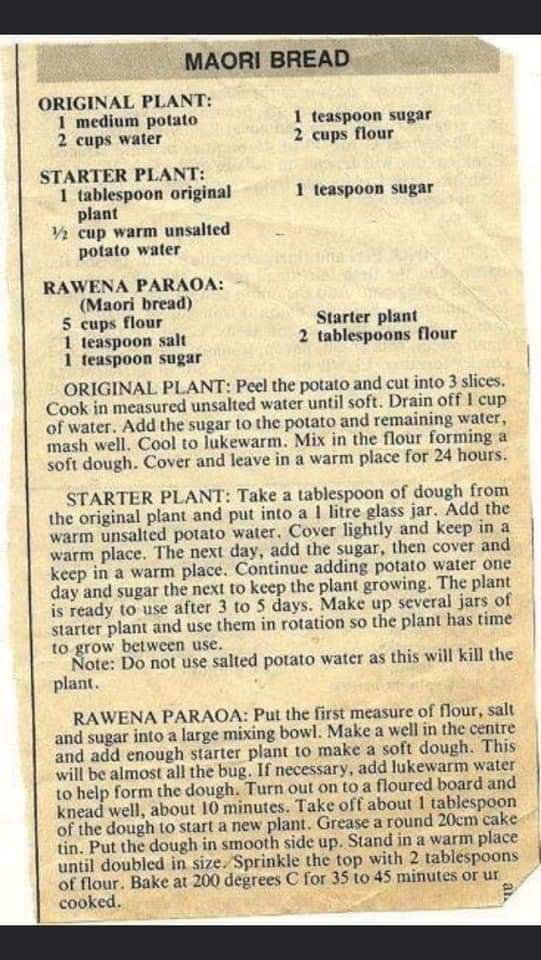
-
06-04-2020, 12:13 AM #50Banned

- Join Date
- Mar 2015
- Location
- North Canterbury
- Posts
- 5,462
Interesting,that recipe is from back in the days before commercial bread yeast became available although the temps have been changed from Fahrenheit. All the bakers used to make their own 'potatoe yeast in a drum just like in the recipe and keep it going. They would just ladle out liquid from the drum into the dough.
-
06-04-2020, 10:04 AM #51Member

- Join Date
- Jul 2017
- Location
- Cambridge
- Posts
- 615
That's interesting to know. For me growing up visiting my nan's whanau there would always be a fresh rewana bread and i remember a container in the hot water cupboard and kitchen that had a 'potato bug in it'. As a little kid a bug living in a container was an odd thought. But i later understood it was a bread starter.
-
06-04-2020, 02:01 PM #52Member

- Join Date
- Jun 2013
- Location
- Middle Earth
- Posts
- 4,501
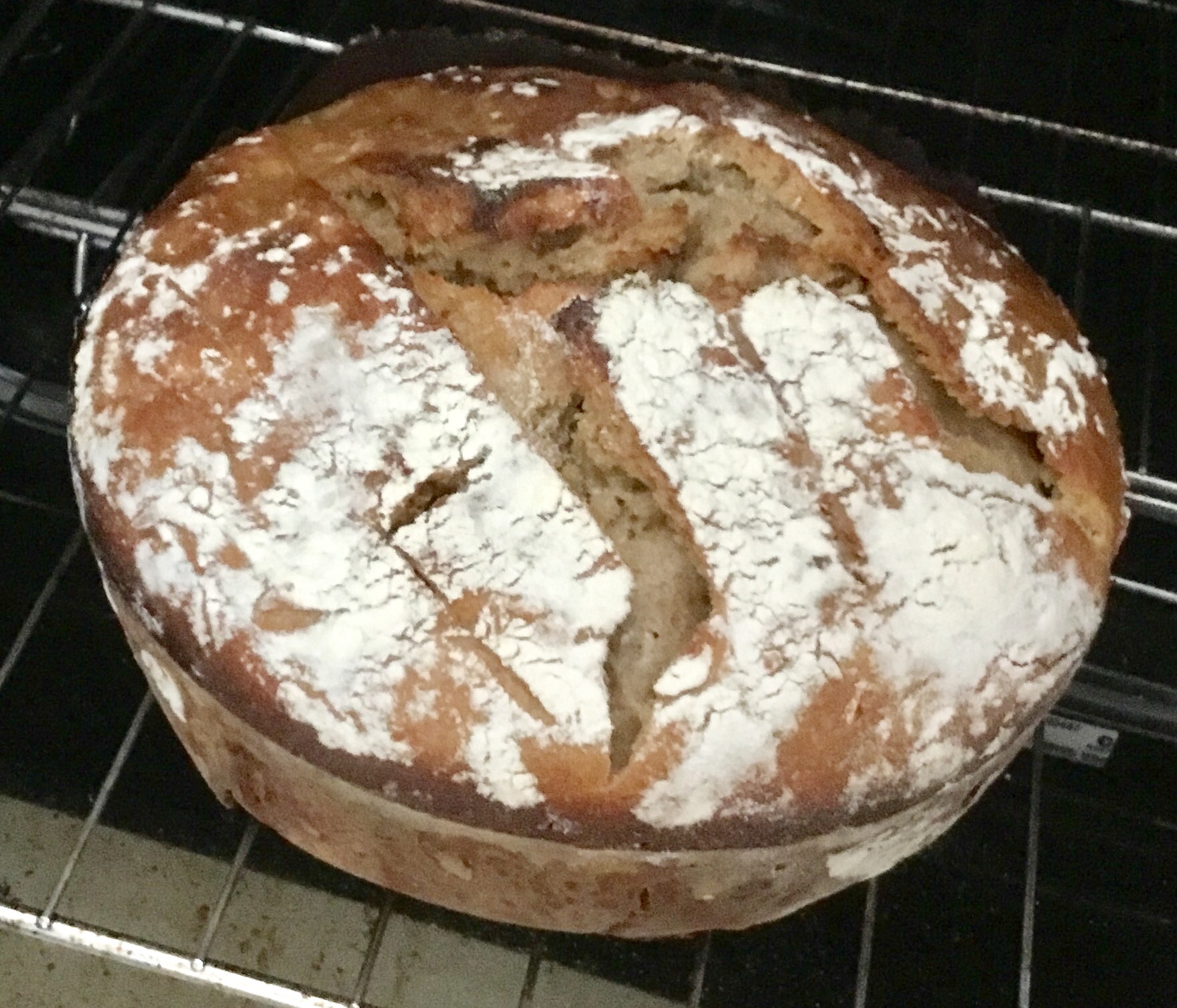
The results of my first trial. I have some serious issues with my starter and the flower I am using. It has a very weak gluten structure.
That bread is going to be as dense as a brick.
I ll try another one as soon as I can put my hand on some descent flour. I am very disappointed by myself .
-
11-04-2020, 09:06 AM #53
I did two loaves in the WFO yesterday using different methods. The first one is shown in the pizza oven threat https://www.nzhuntingandshooting.co....tml#post982275, and this is the other one, both cooked at the same time.
Both these loaves were hand mixed, one as the no kneed method, and the other with the folding method. Both were super wet, >80% hydration (too wet for me to handle and I had to add a small amount of dusting flow to get to something I could work with).
For the dough that was folded 5-6 times, I autolysed the flour and water for 2 hours before adding the starter and salt. Man what a difference in the strength of the dough. Highly recommended.
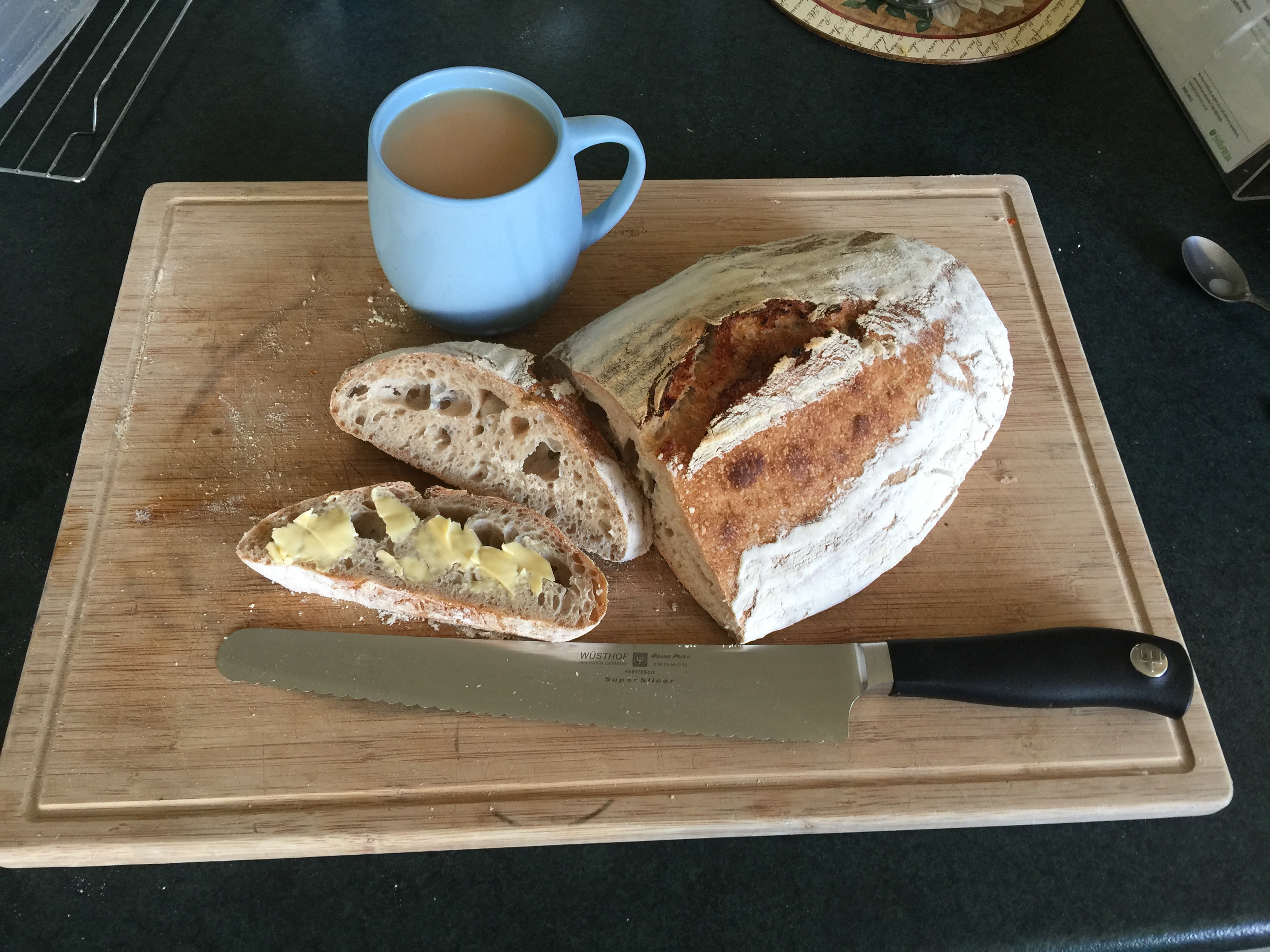
-
14-04-2020, 07:42 PM #54
-
15-04-2020, 12:43 AM #55Member

- Join Date
- May 2012
- Location
- Sydney
- Posts
- 1,789
Thatís impressive!
-
19-04-2020, 12:05 AM #56Member

- Join Date
- Jun 2013
- Location
- Middle Earth
- Posts
- 4,501
Decent
-
19-04-2020, 01:35 AM #57
My starter finally got going good then went funky so I discarded and started again...... waiting for it to get going good.
Sent from my S60 using Tapatalk"Hunting and fishing" fucking over licenced firearms owners since ages ago.
308Win One chambering to rule them all.
-
26-04-2020, 12:59 PM #58
Put four in the oven this morning after an over night ferment in the fridge at 4 degC. Two were with 25% Rye meal and two were with 25% whole meal flour. The rye meal definitely had less spring due to rye having no gluten. Kids got into them before I had a chance to get a photo - one is missing.
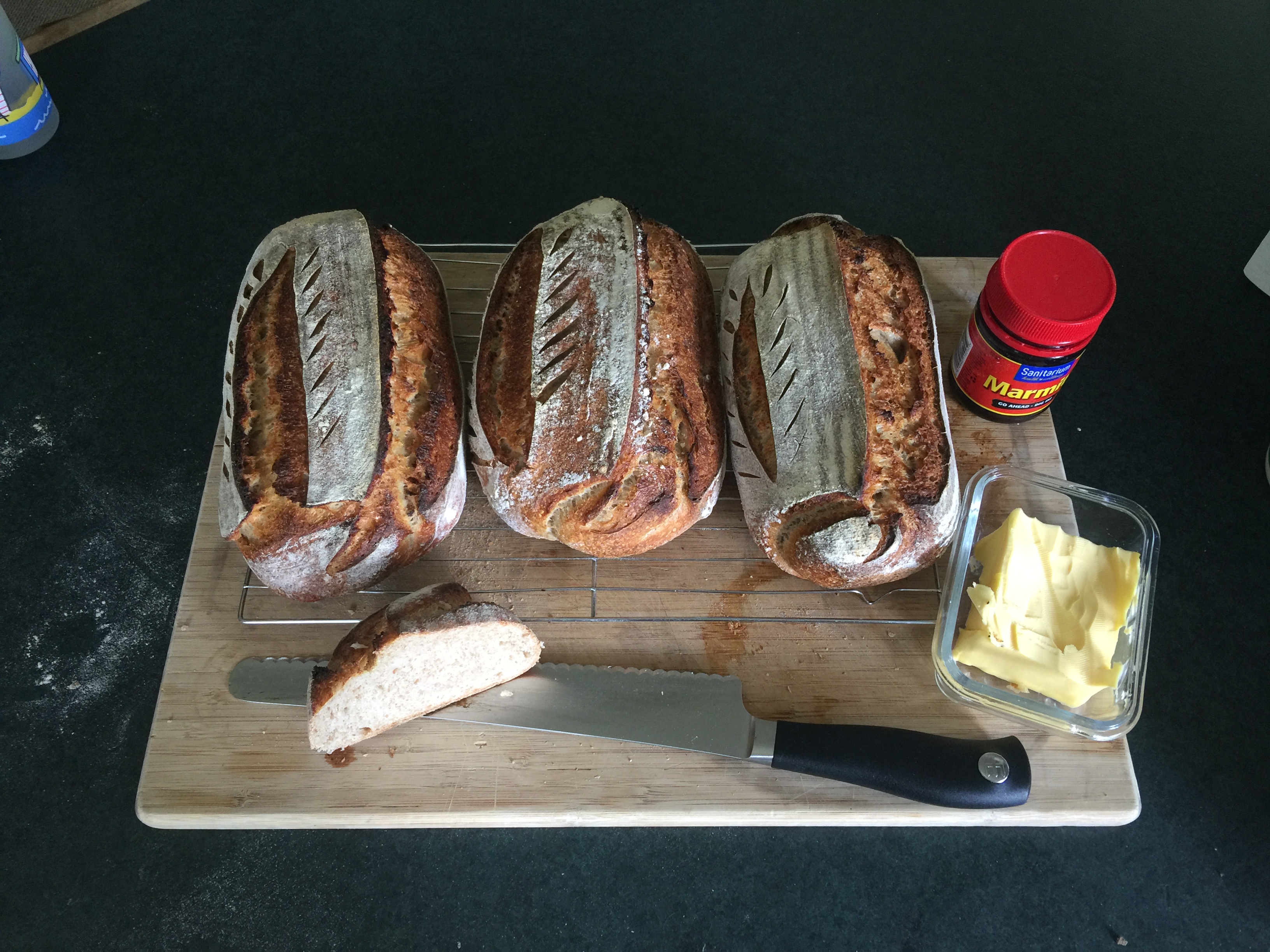
-
26-04-2020, 09:32 PM #59Member

- Join Date
- Feb 2013
- Location
- Wanganui without an "h"
- Posts
- 3,023
The gluten content of NZ flour is all over the place like a mad woman's droppings and trying to get information on the % content per 100 gramms is like trying to get rid of a Show Pony. I have been told that the gluten content per 100 grms of WHITE flour which produces well, is 14%
IF I AM TO BELIEVE what I have been told after many questions, Countdown High Grade Flour is 11%, standard 10.9% and Pams High Grade 9%.....Yes, I know but I can only ask .I suspect the Count Down figures to be more accurate than Pams as I was told that they had never been asked for their gluten content.
I just boost gluten content of the flour required in the recipe by adding gluten flour, (Countdown and New World)
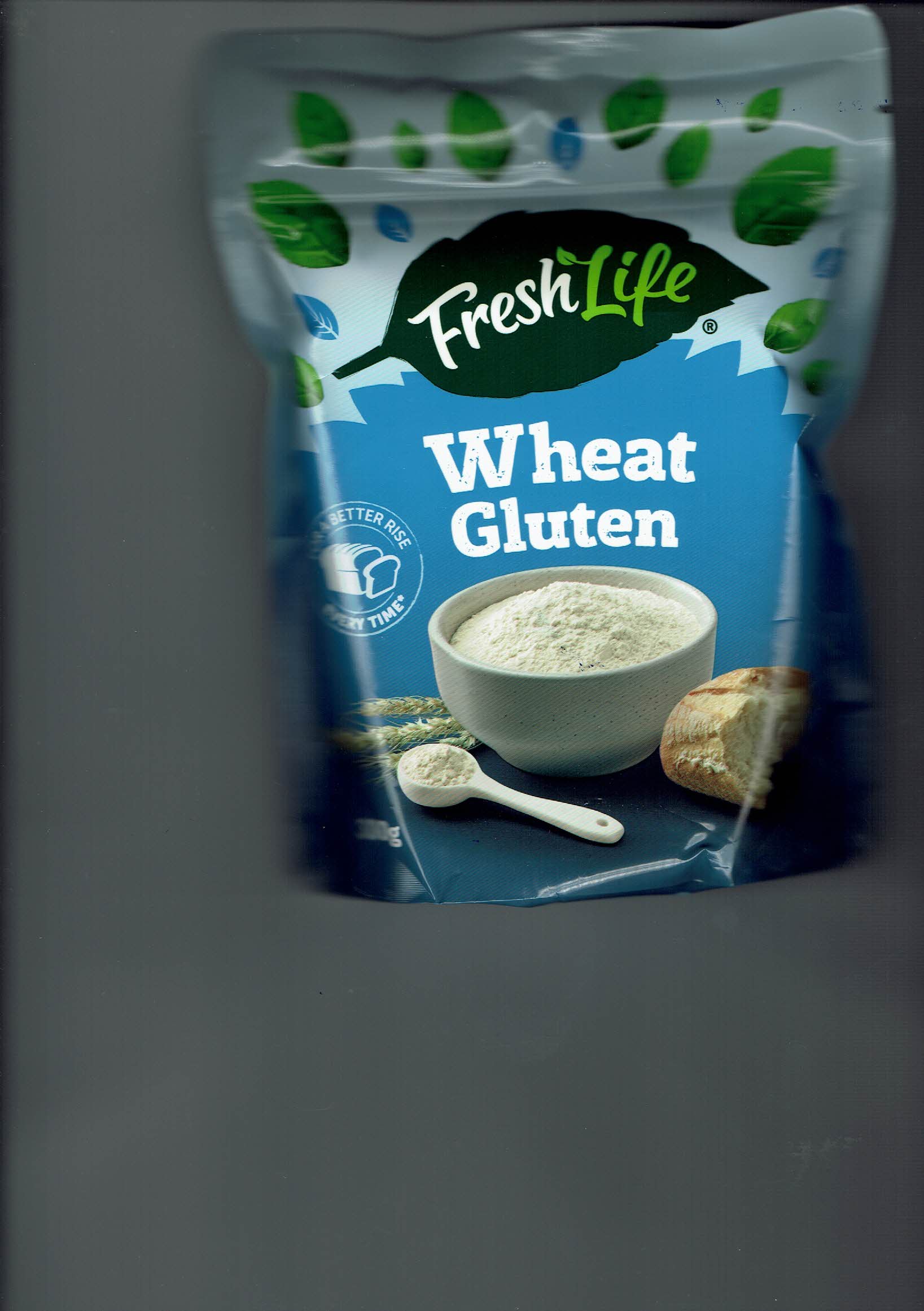
. ie If the recipe calls for 1200 grms of flour and I am using Countdown HG which is 11% gluten per 100 grms, with a shortfall of 3 grms of gluten per 100 grms of flour, then I calculate 12 x 3 = 36 and reduce the flour by 36 grms and replace it with 36 grms of gluten flour.
Rough and ready but it works for me,,,,,,,,,,,,so any experts out there, don't bother telling me I'm all wrong..
-
26-04-2020, 10:12 PM #60Member

- Join Date
- Jun 2013
- Location
- Middle Earth
- Posts
- 4,501
Countdown has a bread and pizza doe flour that works pretty well.
I have done 80% hydration, it is very sticky but the bread did turn up very well.
Similar Threads
-
Beer bread
By mrs dundee in forum Game Cooking and RecipesReplies: 7Last Post: 14-04-2015, 08:18 PM -
Sourdough Bread
By EeeBees in forum Game Cooking and RecipesReplies: 3Last Post: 13-01-2015, 08:31 PM -
Homemade bread...
By EeeBees in forum Game Cooking and RecipesReplies: 12Last Post: 07-01-2015, 12:00 AM -
Beer bread
By Dundee in forum Game Cooking and RecipesReplies: 4Last Post: 09-07-2012, 12:35 AM
Tags for this Thread
Welcome to NZ Hunting and Shooting Forums! We see you're new here, or arn't logged in. Create an account, and Login for full access including our FREE BUY and SELL section Register NOW!!





 130Likes
130Likes LinkBack URL
LinkBack URL About LinkBacks
About LinkBacks



 Reply With Quote
Reply With Quote
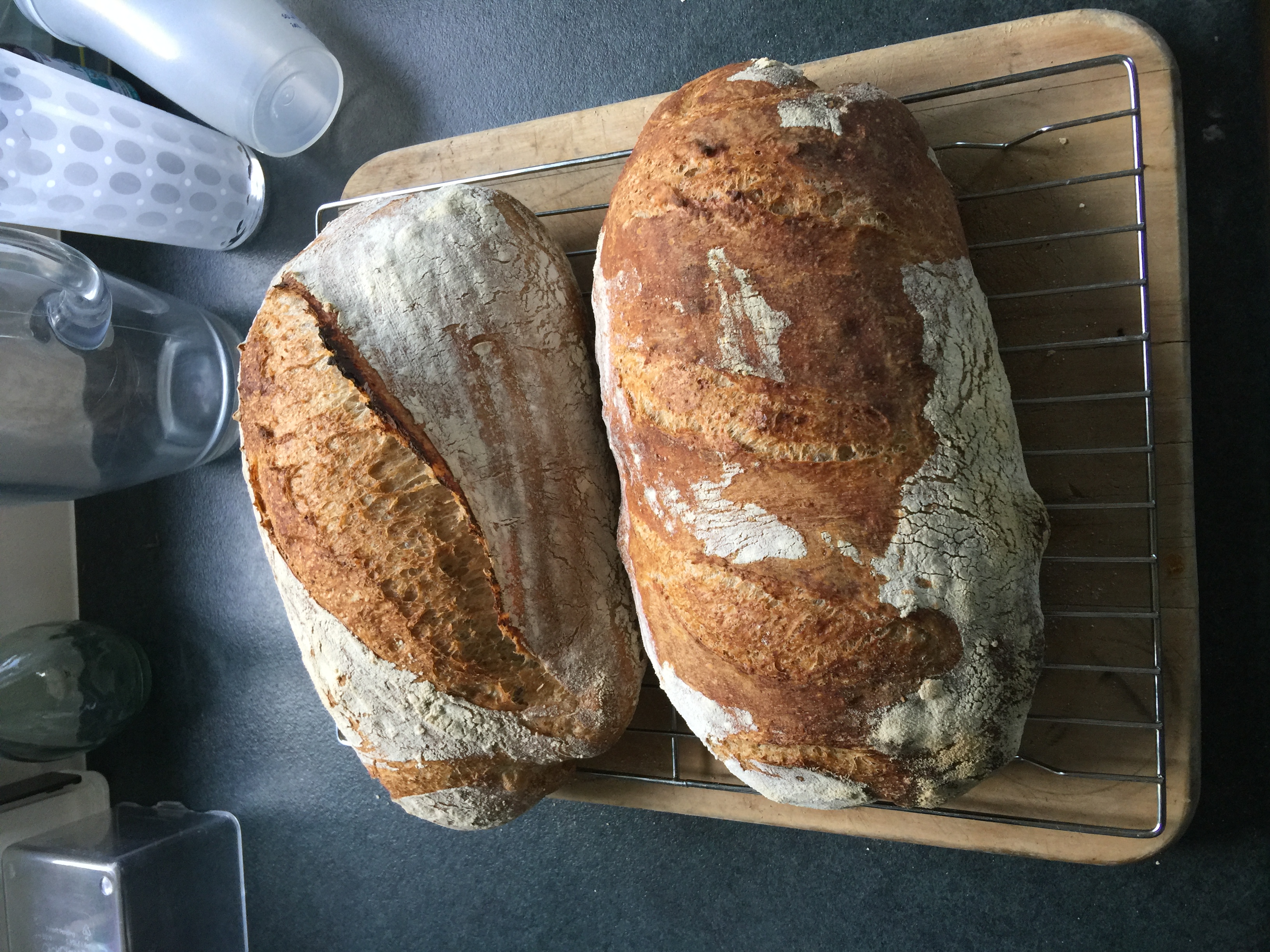



Bookmarks